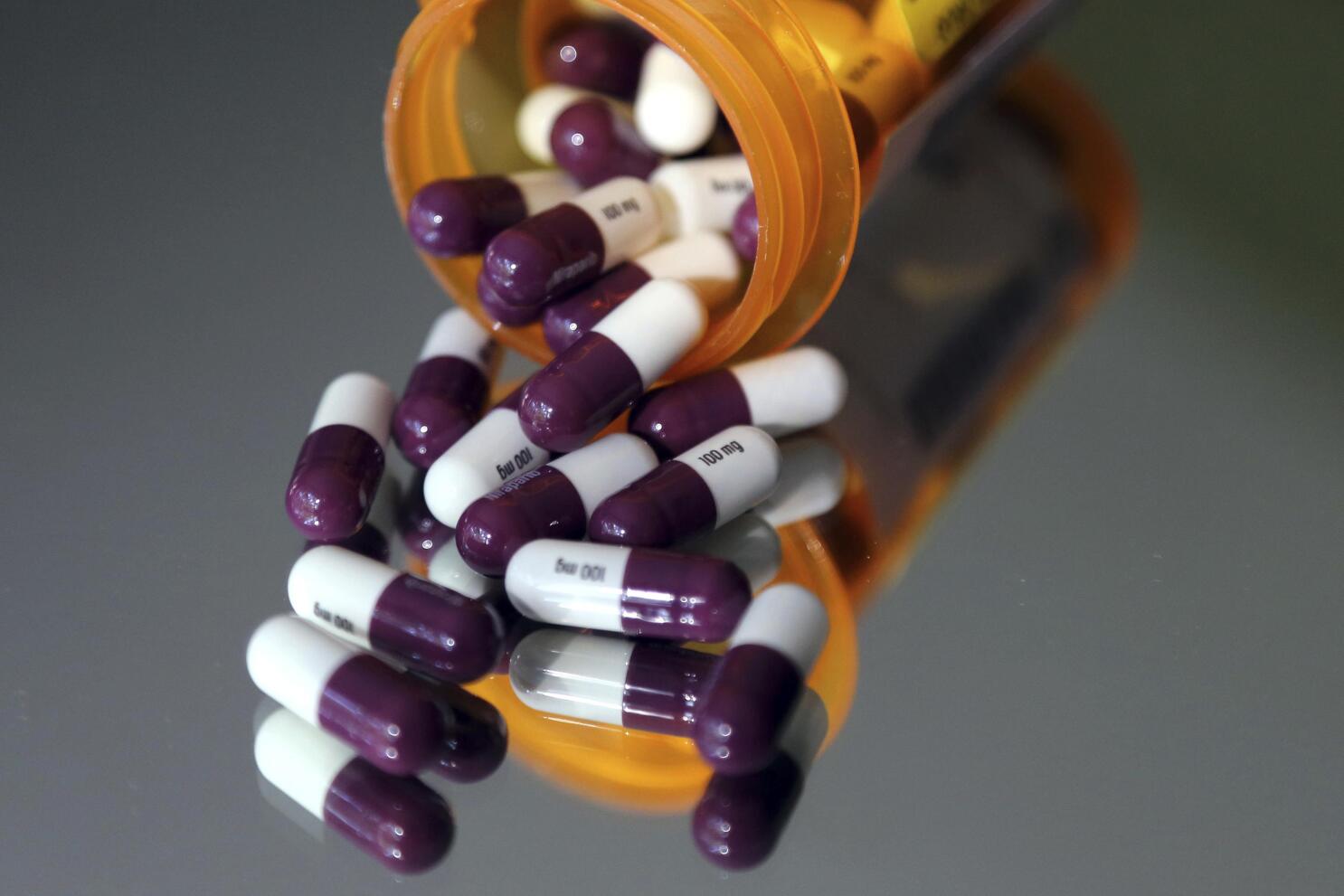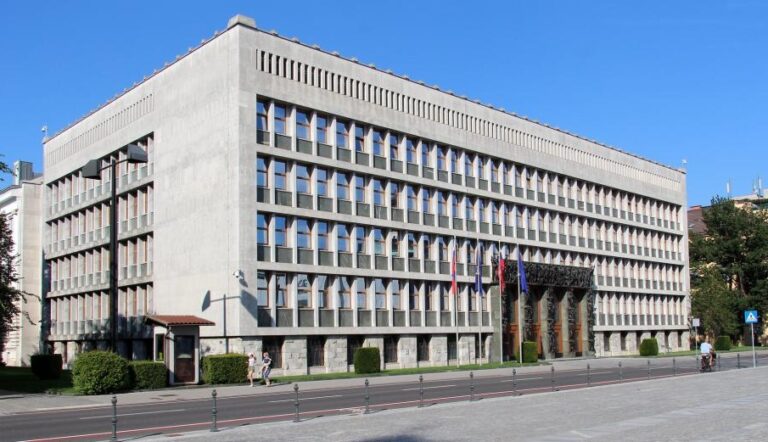The Biden administration has unveiled a significant move aimed at addressing high prescription drug costs in the United States. This step involves identifying ten costly prescription drugs for price negotiations with pharmaceutical companies. The objective is to alleviate financial strain on older and disabled Americans. This initiative marks an unprecedented advancement in the ongoing struggle over the nation’s exorbitant drug expenses, even though the pharmaceutical industry is actively resisting the plan.
Half of the selected drugs are primarily used for preventing blood clots, managing diabetes, and treating other conditions commonly affecting Medicare beneficiaries. The initial list includes medications for heart issues, autoimmune diseases, and cancer treatment. However, the lower negotiated prices will only become effective in early 2026.
The highest-cost drugs on this list are Eliquis, a blood thinner; Jardiance, used for diabetes and heart failure; and Xarelto, another blood thinner. These three drugs alone accounted for Medicare expenditures of $16 billion, $7 billion, and $6 billion, respectively, in the past year.
The move to reduce Medicare drug prices is a significant aspect of the Inflation Reduction Act, a legislation celebrated by President Biden as a policy victory. However, the number of drugs involved and the timing of initial price reductions fall short of some Democrats’ long-standing aspirations. Legal challenges, initiated by six drug manufacturers, the Chamber of Commerce, and the pharmaceutical industry’s main trade group, pose a potential hurdle for the negotiation plan’s implementation.
Despite potential legal obstacles, the Biden administration, along with Democratic allies in Congress and consumer health-care advocates, view the selection of these ten drugs as a crucial step to enhance the financial stability of the Medicare system and alleviate burdens on beneficiaries. The plan is particularly important given that over 60 percent of the 65 million people enrolled in Medicare rely on prescription medications, and a quarter of them use at least four prescriptions.
The list of drugs includes those used for treating diabetes (Januvia, Farxiga, and NovoLog), arthritis and psoriasis (Enbrel and Stelara), heart failure (Entresto), and blood cancers (Imbruvica). The drugs were selected based on their costs to Medicare, lack of competition from cheaper generic alternatives, and their availability for several years in the market.
Pharmaceutical companies are anticipated to resist the negotiation process due to concerns about reduced innovation and profits. However, if successful, this negotiation process could have far-reaching impacts, influencing negotiations between commercial insurers and drug manufacturers, as well as potentially shaping the focus of pharmaceutical research and development efforts.
Overall, while facing legal challenges, this move signifies a pivotal shift in the history of Medicare, which historically excluded outpatient drugs from coverage. The Biden administration’s push to address prescription drug prices is central to its broader efforts to tackle this contentious issue from multiple angles.
(Source: Amy Goldstein | Daniel Gilbert | Washington Post)









